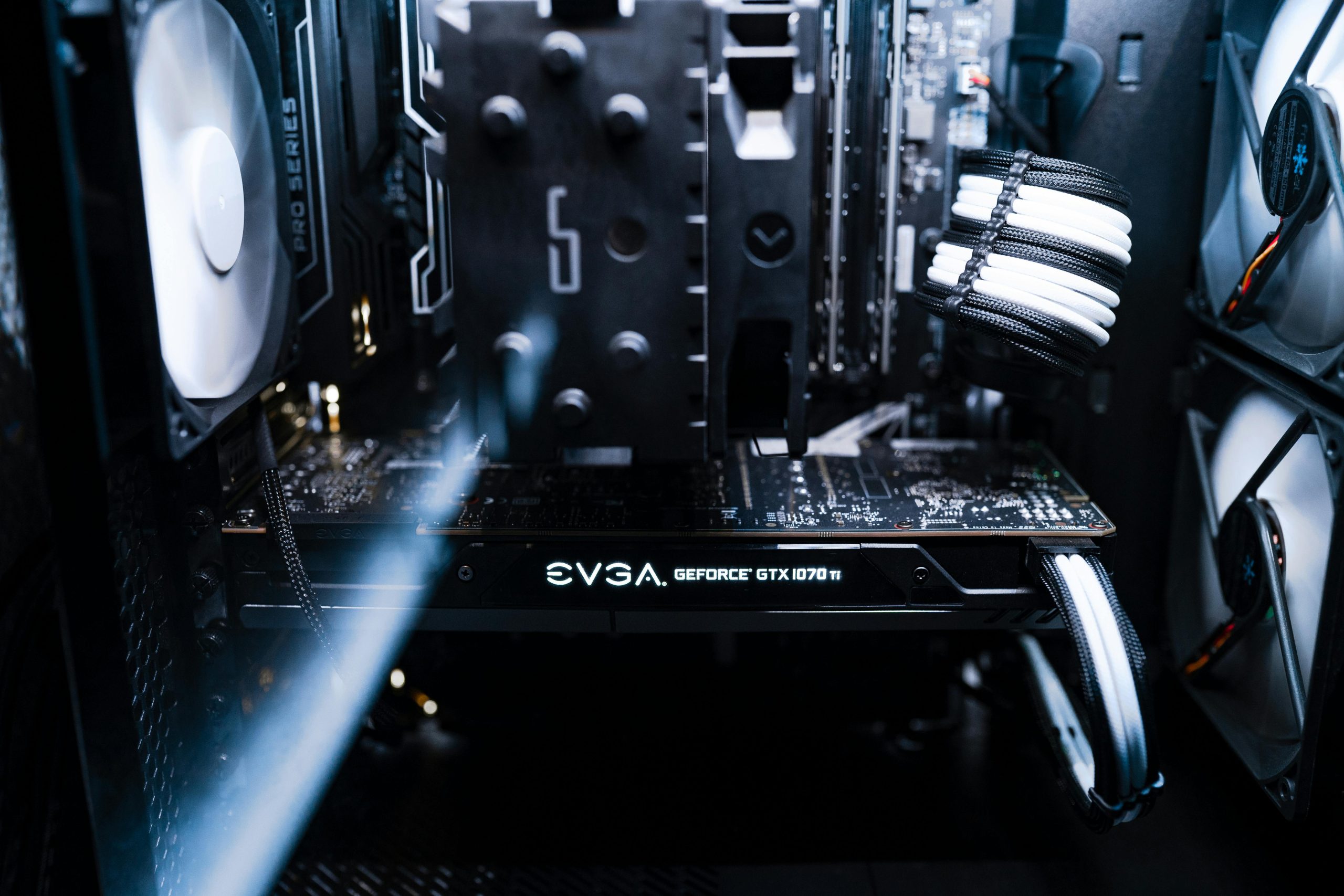From GTX 970 to GTX 3070 Ti: A Frustrating Upgrade Experience
Recently, I took the plunge and upgraded my graphics card from a GTX 970 to a GTX 3070 Ti, expecting remarkable improvements in performance. However, the reality has been quite the opposite, and I’m left scratching my head as my frame rates have plummeted to nearly half of what I was achieving with my previous setup.
Despite following all the recommended steps to optimize my system, including manually updating drivers, utilizing GeForce Experience for installations, and performing a safe mode DDU (Display Driver Uninstaller), I am still encountering issues. All hardware, including my motherboard, is up to date with the latest firmware, and my system recognizes the 3070 Ti perfectly. It reports the full 8GB of video RAM, and the load levels appear minimal. However, when I attempt to play Halo Infinite, GeForce Experience suggests the lowest settings, which seems perplexing.
To illustrate, I used to enjoy a locked 60 FPS in Final Fantasy XIV, a relatively undemanding title, but now I’m seeing disheartening performance, averaging around 20-25 FPS. It’s disheartening, especially after investing $950 in this new card. Is there a fundamental error on my part, or could the card itself be defective?
My Current Setup:
- Motherboard: Tomahawk B450 MAX
- Graphics Card: Asus GTX 3070 Ti
- Processor: AMD Ryzen 5 3600x
- Power Supply: Corsair 750W
- RAM: 16GB
I decided to reinstall Windows, hoping it would resolve the performance issues. I kept my files intact, but the effort yielded no significant improvements and consumed a great deal of time. Final Fantasy XIV continues to underperform, Halo Infinite gets stuck at loading maps, and Guilty Gear Strive experiences persistent stuttering.
In my quest for answers, I ran a benchmark test using FurMark, achieving a score of 8,627 points with an impressive 144 FPS. The GPU temperature maxed out at 67 degrees, indicating it was functioning within normal parameters. This score is comparable to another benchmark I examined, which returned a score of 9,423 with a slightly superior CPU than mine. Everything, from power draw to thermal readings, checked out.
I appreciated the diverse responses I received from the community,
Share this content:




It sounds like you’ve already taken several important troubleshooting steps, which is great. Given that your system recognizes the GTX 3070 Ti correctly, and your benchmarks show the GPU is performing within normal temperature ranges, the performance drop may be related to driver issues, system configuration, or potential hardware bottlenecks.
Here are some additional suggestions you might consider: